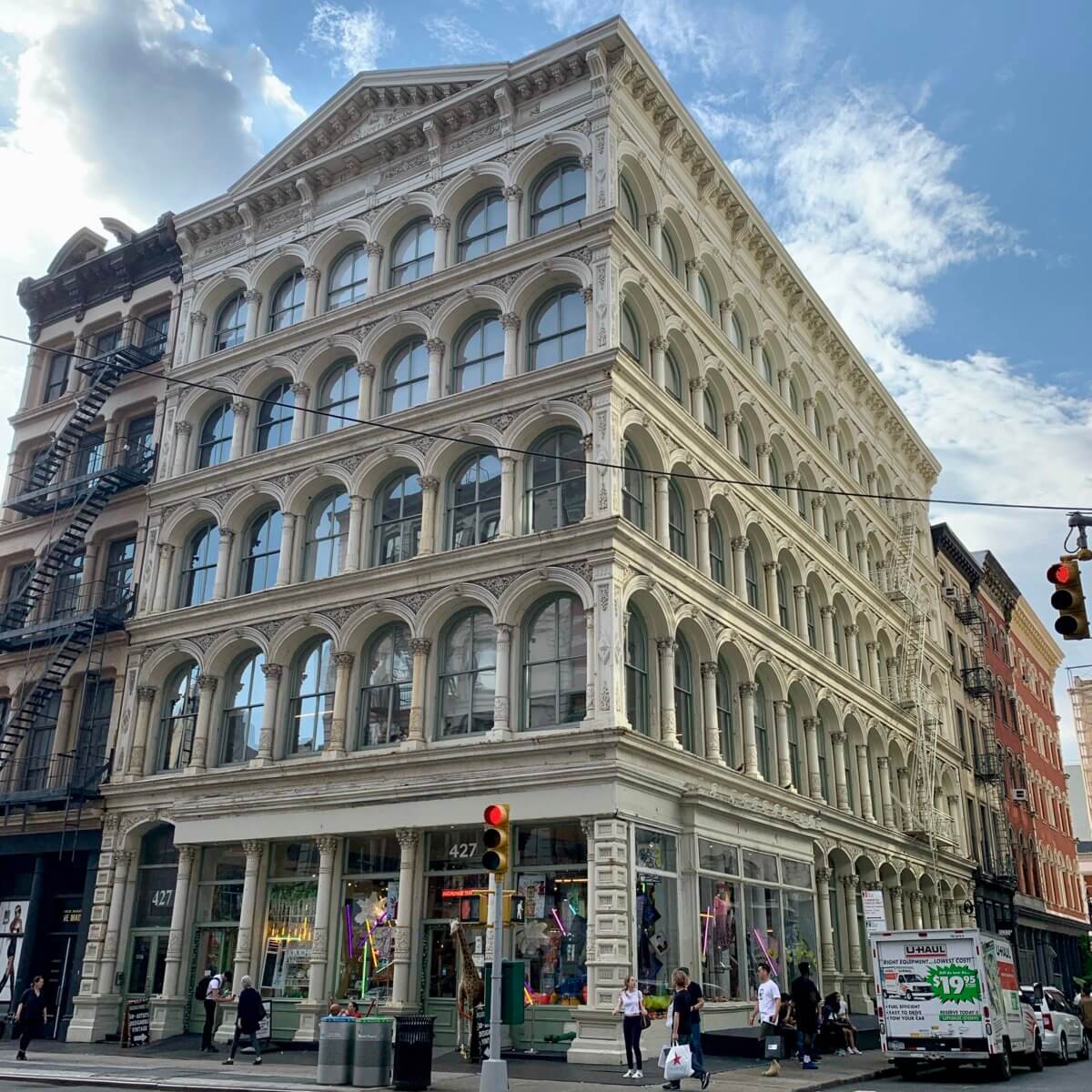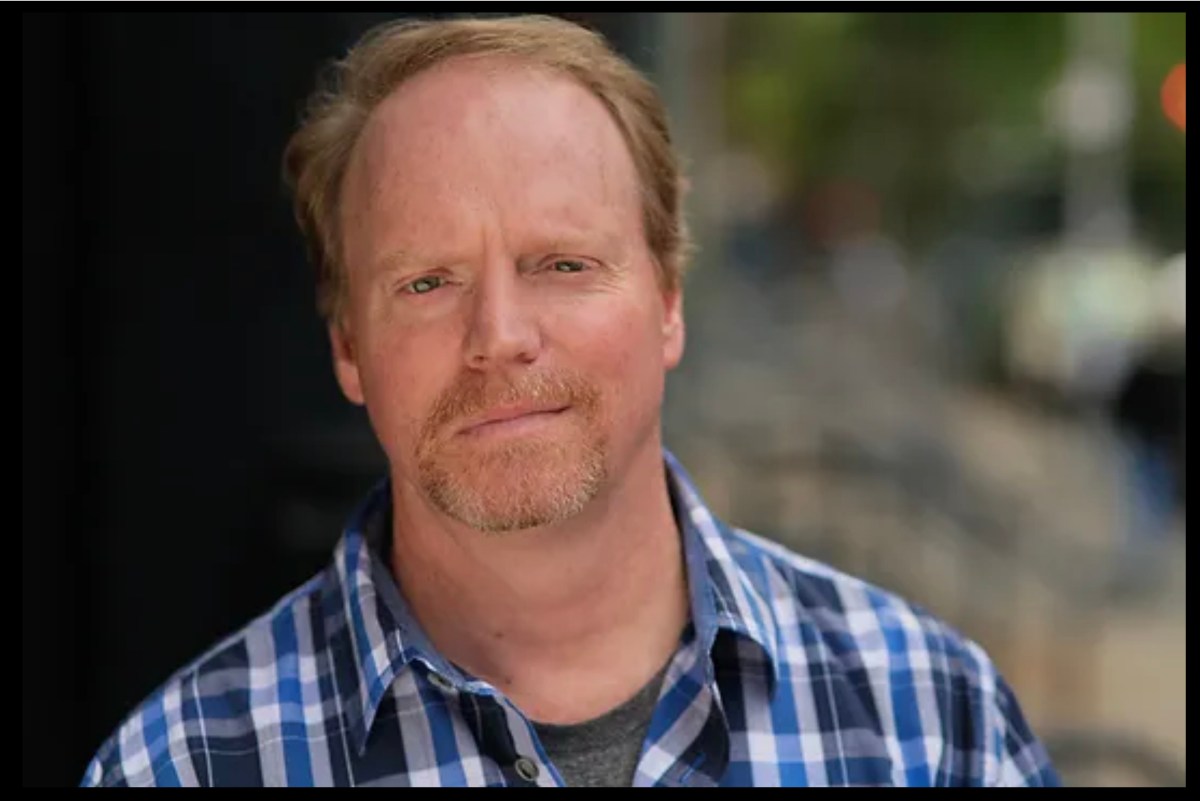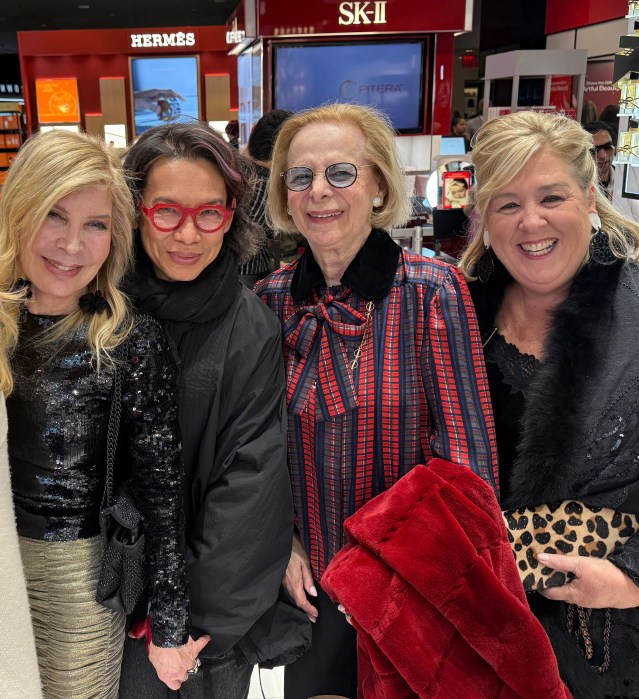SoHo and NoHo residents are making moves to modernize the area’s zoning with a plan that sparked contention at an update meeting on Tuesday, March 30.
The Department of City Planning, in partnership with Manhattan Borough President Gale Brewer and Council Member Margaret Chin, hosted a remote public information meeting on Tuesday to discuss the SoHo/NoHo Neighborhood Plan. The SoHo/NoHo Neighborhood Plan is a project seeking to expand housing opportunities for New Yorkers and promote equity and encourage success while reducing regulatory burdens for the people who work and live there.
The event was the third and final update in a series of update meetings, wherein each session focused on different, specific aspects of the Plan. The first two public information sessions reviewed the Plan’s approach to housing and quality of life, respectively. As Tuesday’s focus was on the issue of arts and culture in the neighborhood., the DCP was joined by their city partner, the Department of Cultural Affairs.
“The history of this neighborhood, SoHo/NoHo, is rooted in arts and culture,” Brewer said in her introductory remarks. “Now we want to know how the City of New York can support this creative history, industry and artists’ residence.”
The event included a presentation by the DCP and DCLA team, followed by a live Q&A. The presented thematic information covered SoHo/NoHo’s arts and culture landscape, Live-Work and Joint Live-Work Quarters for Artists and the City’s intended support for arts and culture.
DCP Project Lead Sylvia Li presented a timeline of the SoHo/NoHo Neighborhood Plan and introduced the project’s strategies regarding arts and culture. The strategies aim to retain existing JLWQAs, accommodate cultural and creative uses by artists, artisans and makers, and to provide an option to transition existing JLWQAs to residential, paired with provisions to support arts and culture. Li went on to discuss existing zoning and the historic context of the area.
“We’re here to continue the dialogue, and pick up where we left off with Envision SoHo/NoHo about how to best support and empower artists, organizations and creative businesses that are, as well as those that aren’t, currently represented in SoHo and NoHo,” Li said. “A part of that support is to remove barriers: Barriers to operate the creative business or cultural institution, and barriers to housing and affordable housing.”
Li explained that these developments are happening now because of many factors, some brought to light by the COVID-19 pandemic, and others guided by a report made after the six-month community planning process in 2019 called Envision SoHo/NoHo. The report provides zoning, land use and other recommendations and priorities.
Next, Li turned it over to DCLA Special Projects Manager Derek Weng. Weng went into details about the agency’s mission, including expense and capital funding for the project, and the issue of individual artist grants. He presented a graph comparing past and present artist certifications, designated by the DCLA. Weng discussed the idea of redistributing a portion of the sales of the JLWQA in order to provide operational and program funding for local, cultural nonprofits.
“We plan to continue to provide funding for a diverse array of individual artists and cultural nonprofits that are crucial to a healthy cultural ecosystem,” Weng said. “Through supporting artists and cultural organizations, we can ultimately help preserve the neighborhood and community characteristics.”
After a five minute break, the meeting regrouped for the Q&A, where the 100+ participants in the virtual meeting could send in written questions or join the call for responses to their comments and concerns.
Members of the community started the discussion by asking about specific details of the update and about accessibility for artists’ housing in the future. Session participants expressed their frustration at the lack of public knowledge about the SoHo/NoHo Neighborhood Plan’s development. Many artists joined the meeting to express their fear at the possible effects of the future rezoning.
“The flip side of removing barriers is displacement of existing,” said community member David Lawrence. “ I see a lot of displacement occurring. I don’t hear very much from the city about joint living work quarters expanding at all, what I hear is letting them atrophy. The idea that people living in place can stay but we’re moving on with other things that don’t include artists. That’s the message i’m getting.”
Attendees in the Zoom meeting’s chat bar messaged throughout the meeting, expressing their disappointment in the lack of progress in the process and anger with the presenting members of the DCP and DCLA. Participants went so far as to address the event’s hosts in the chat.
“Ms. Brewer and Ms. Chin: Do you hear the extent to which residents feel absolutely rooked by the envision process they were forced to endure?” said Jane Fisher, community member. “This is a bait and switch, plain and simple.”
The event wrapped up on a disheartening note, as community members became exasperated at their lack of knowledge about the details of the Neighborhood Plan. Li and Weng both responded to the participants’ questions with reassurances that the work on the SoHo/NoHo Neighborhood Plan would continue, with details to come, and that the community’s voice is valued and heard.
To watch Tuesday’s session, visit the video recording here.































